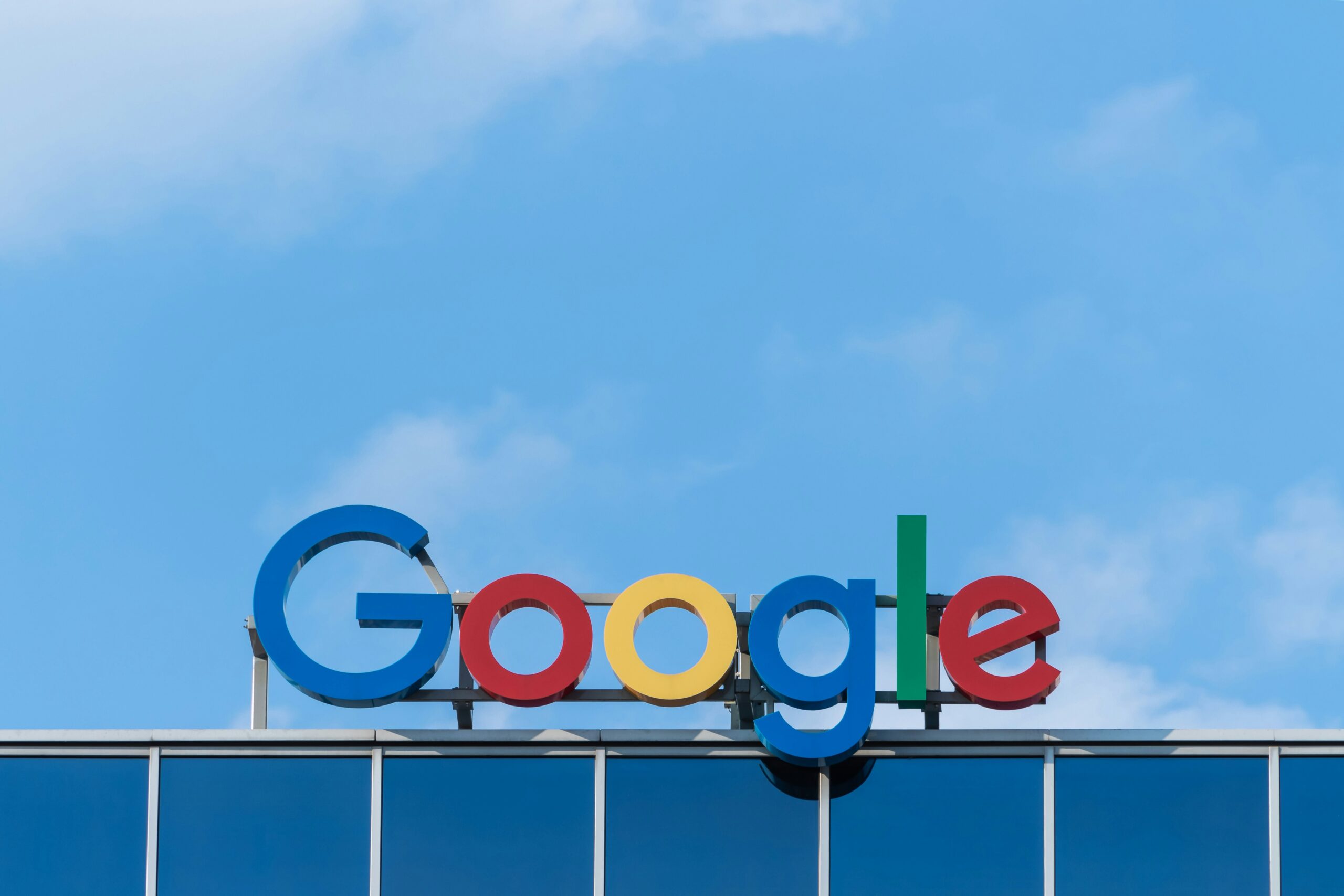I recently attended the ETCH conference sponsored by LifeWay in Nashville, TN. It was a family ministry conference for ministers and church leaders. I learned a lot about the best ways of communicating with different generations. These generational marketing dynamics can be applied not just in ministry, but in nonprofits and businesses as well. As a digital marketing professional, I noticed the natural overlap of digital marketing to the generations with the communications focus of the conference and wanted to share what I learned.
This will be part of a five-part series over the next few weeks where I’ll cover information about the dynamics of the different generations in today’s post. Other posts will include using this information in a digital world, generational marketing for businesses, generational marketing for non-profit organizations, and generational marketing for faith-based organizations.
The Dynamics of the Different Generations
Before we discuss best practices for digital marketing to the generations, we need to understand the dynamics of the different generations. Yes, what I am about to share are stereotypes and I know that not every person with the generation carries these attitudes or traits. Do not get offended or send me a nasty email.
Traditionalists (Born before 1945) and Baby Boomer (1946-1964)
The Traditionalist group is ages 77+ and lived through the Great Depression, the New Deal, WWII, and the Korean War. Many are retired or working flexible jobs through their retirement. They have high respect for authority and do not question the phrase “because I said so.”
Baby Boomers are ages 57-75 and are continuing to work through their retirement age or working a more flexible schedule. Flexibility is important to them. Growing up they saw a strong post-war economy. This generation has strong teaching skills and gives feedback when they are teaching or instructing others (not just in the literal role as teachers but as those that train and mentor others.)
Generation X (1965-1980)
This generation grew up without the internet but learned quickly the nuance of it and the power it can bring. When discussing their childhood memories they often use the pronoun “we” over “me” or “I” because most of their time was spent out with others. (This detail will be an important comparison as we discuss future generations.)
Millennials (1981-1995)
The internet was either just beginning to take hold for this generation as they reached their teenage years or was already growing strong. This generation experienced the first stages of social media. This generation and the following generations are marked by a strong desire to change the world around them. More on this later. There is a growing questioning of authority.
Generation Z (1996-2010) and Generation Alpha (2010-2025)
Generation Z is currently ages 11-25. They have never known life without the internet. They have been made acutely aware of the problems in the world and have a strong desire to see change happen and to be part of that change. They have felt a lot of pressure probably due to the overload of information and many have been forced to grow up too quickly. They are astute with all technology and may quickly reply to a text or social media post but hesitate to have discussions face to face. They are exhausted by the struggle to create a picture-perfect world because of social media. When speaking of their childhood, the term “I” or “me” is used over “we” because of their strong connection to the digital world.
Alpha is the current name for this generation although it may change. It shares a lot of the same characteristics of Generation Z. Both are quick to reply to others digitally but may struggle with in-person communication. Both Z and Alpha have a strong desire to see change in the world and want to know what they can do but also what you are doing. They are cyber socialized and the word “tribal” has been attributed to them. They have a deep distrust of institutions and corporations. It is estimated that 40% of them will never marry and more than 50% come from minority families. They have never seen a world without strong ethical controversy and see the impacts that social media can have on the world.
Generational Marketing Dynamics
Now that you have a basic understanding of the characteristics of each generation, you can begin to understand how to connect with them. To effectively communicate it helps to understand how a person thinks or processes information. In much the same way, if we are going to effectively communicate with the different generations, we must understand their language, their point of view, and be active where they are active. Our next blog will highlight the best practices of applying the generational marketing dynamics in a digital world.

